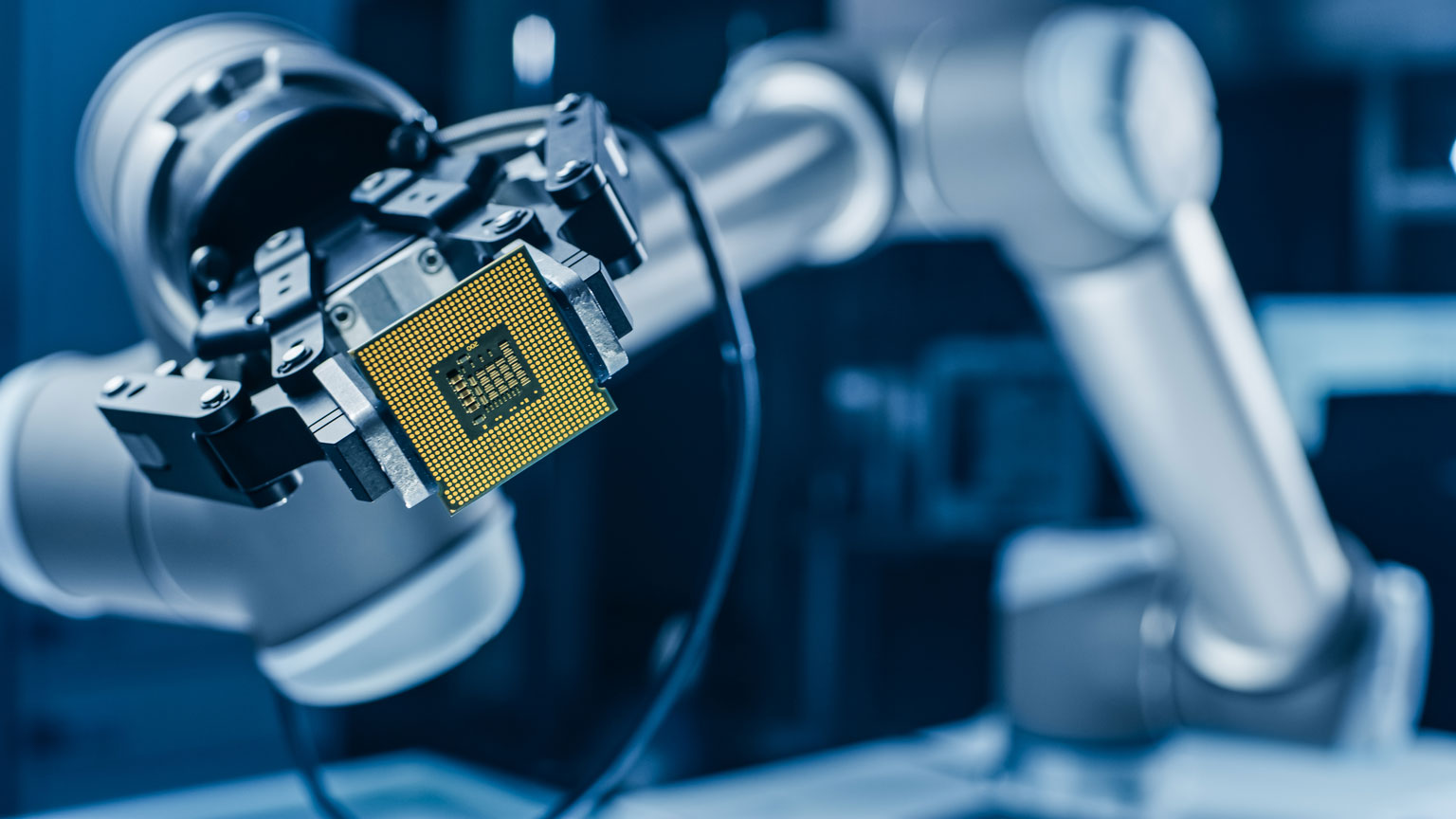Time: 2025-04-29 14:42:23View:
In industrial robotics, FPGAs play a pivotal role in real-time control, sensor fusion, and high-speed communication. Xilinx (now AMD) and Intel (Altera) dominate this space with distinct architectures tailored for robotic applications. Here’s a detailed comparison:

UltraScale+ / Versal ACAP
Hardened AI/ML cores for robotic vision (e.g., object detection).
High-speed serial transceivers (up to 112 Gbps) for EtherCAT/TSN.
DSP Slices: Optimized for motor control (PWM, PID loops).
Adaptive Compute Acceleration Platform (ACAP): Combines FPGA fabric with AI Engines (AIEs) and scalar/vector processors.
Key Features:
Stratix 10 / Agilex
HyperFlex registers: Reduce latency in real-time control loops.
Tensor Blocks: Accelerate robotic path-planning algorithms.
PCIe Gen4: For high-bandwidth sensor data (LiDAR, 3D vision).
Hybrid Architecture: FPGA + integrated ARM Cortex-A53 (Hard Processor System, HPS).
Key Features:
| Application | Xilinx Strengths | Intel Strengths |
|---|---|---|
| Motor Control | More DSP slices (up to 5,000 in Versal) | Lower-latency HyperFlex pipelines |
| Sensor Fusion | AI Engines for LiDAR/radar data fusion | ARM HPS for Linux-based preprocessing |
| Real-Time Ethernet | TSN/IP cores with <1 µs jitter | Hardened EtherCAT MAC in Agilex |
| Computer Vision | Versal AI Edge (TOPS/Watt optimized) | OpenVINO toolkit for Intel FPGAs |
Vitis Unified Platform:
Supports C/C++/Python via Vitis HLS for rapid algorithm deployment.
ROS 2 Integration: Libraries for robotic middleware (e.g., Vitis AI for perception).
PetaLinux: Custom Linux distro for Versal’s ARM cores.
Quartus Prime + Intel OneAPI:
DSP Builder: Simplifies motor control algorithm design.
ROS Compatibility: Through OpenVINO and HPS-based Linux.
FPGA SDK for OpenCL: For GPU-like acceleration of parallel tasks.
| Metric | Xilinx Versal AI Edge | Intel Agilex 7 |
|---|---|---|
| Power (Typical) | 20W (for vision pipeline) | 25W (with HPS active) |
| Cooling | Passive cooling feasible | Often requires active cooling |
| Use Case Fit | Edge robots (mobile, battery) | Stationary arms/CNC machines |
Both support TSN (Time-Sensitive Networking), but with different implementations:
Xilinx: Dedicated TSN Subsystem IP with IEEE 802.1AS sync.
Intel: Hardened TSN MAC in Agilex, lower CPU overhead.
Example: For a robotic assembly line using EtherCAT, Xilinx offers softer IP flexibility, while Intel provides hardened blocks for deterministic latency.
Xilinx:
Functional Safety (FuSa): Versal certified to ISO 13849 (PLd/SIL3).
SEU Mitigation: UltraRAM + CRC for radiation-hardened apps.
Intel:
Lockstep ARM Cores: In Stratix 10 for fault tolerance.
ECC on All Memories: Critical for automotive/robotics.
Xilinx: Higher cost (Versal premium), but broader IP ecosystem.
Intel: Competitive pricing for mid-range (Cyclone 10GX), but Agilex is pricey.
Tip: For cost-sensitive designs, Xilinx Artix-7 or Intel Cyclone V are common in cobots.
Xilinx: Used in KUKA’s robot controllers for adaptive motion planning.
Intel: Powers ABB’s YuMi cobot vision system via OpenVINO.
| Choose Xilinx If... | Choose Intel If... |
|---|---|
| Need AI/ML acceleration (Versal AI) | Prefer ARM HPS for Linux integration |
| Require highest-speed transceivers | Focus on low-latency control (HyperFlex) |
| Developing ROS 2-based systems | Using OpenVINO for vision tasks |
Xilinx: Pushing adaptive SoCs (FPGA+AIE+CPU) for autonomous robots.
Intel: Betting on chiplet-based Agilex for modular robotics.
Bottom Line:
Xilinx excels in heterogeneous compute (vision/AI).
Intel leads in deterministic real-time control.